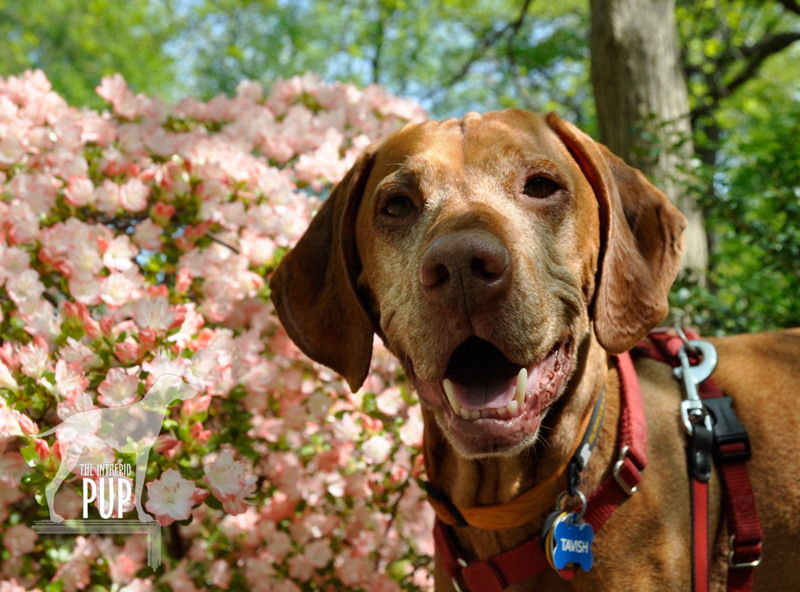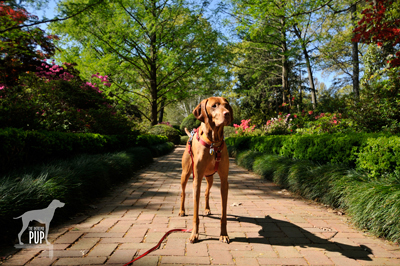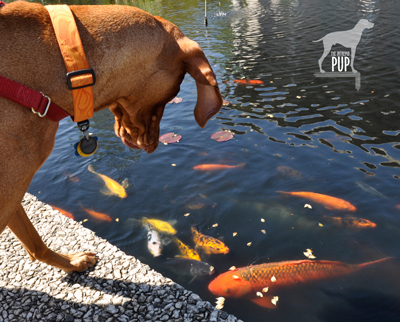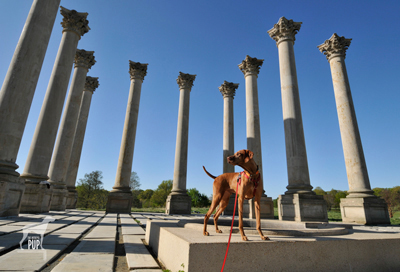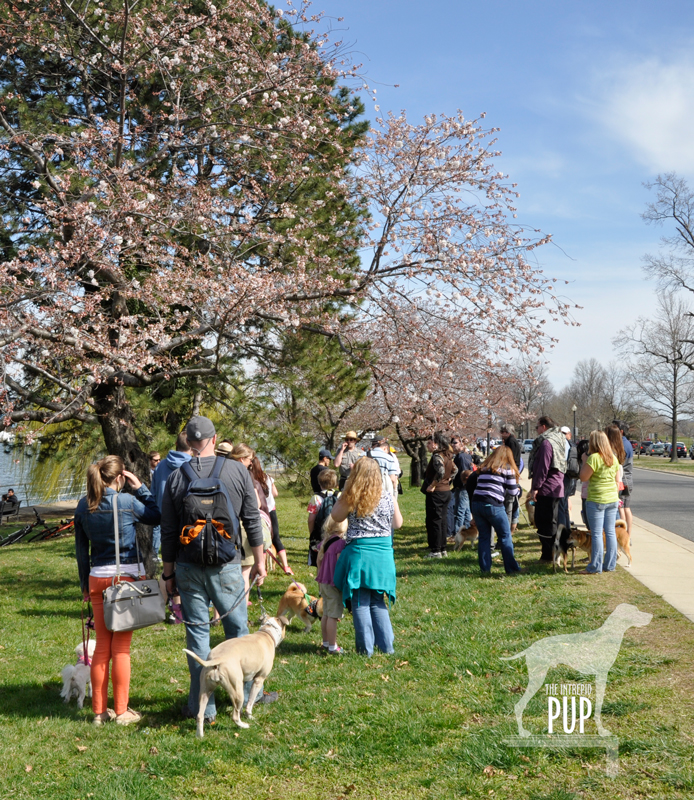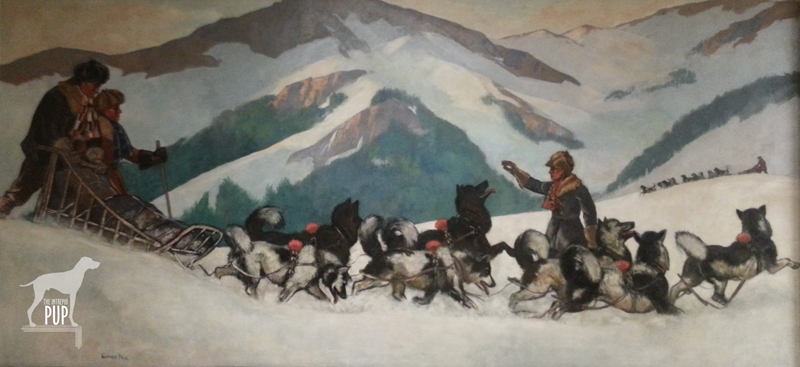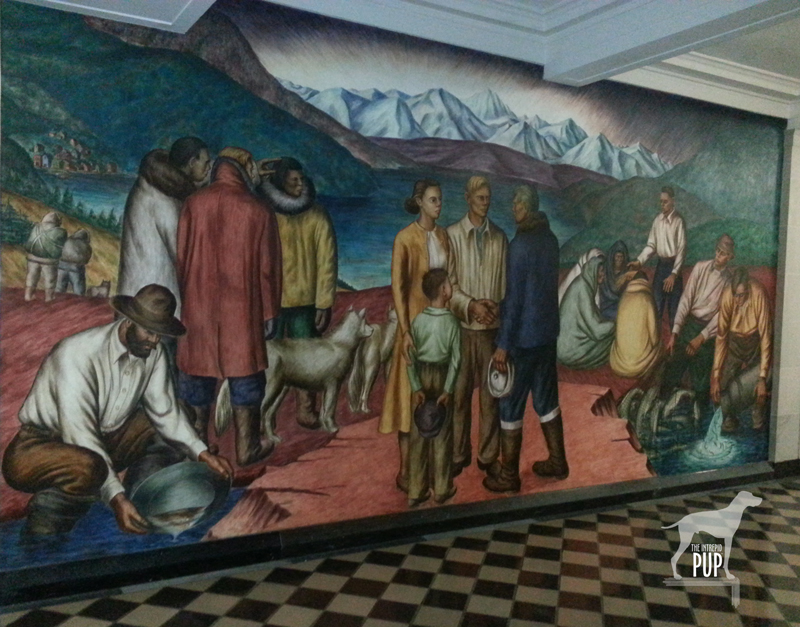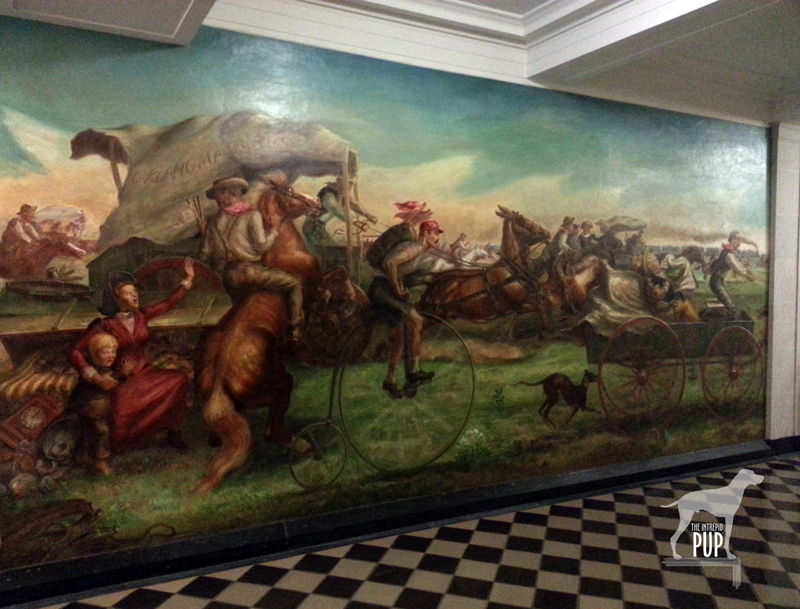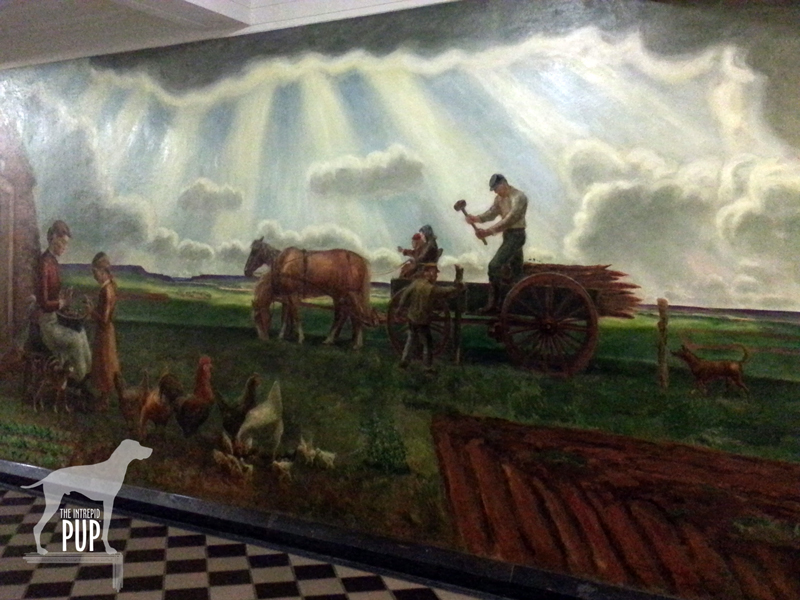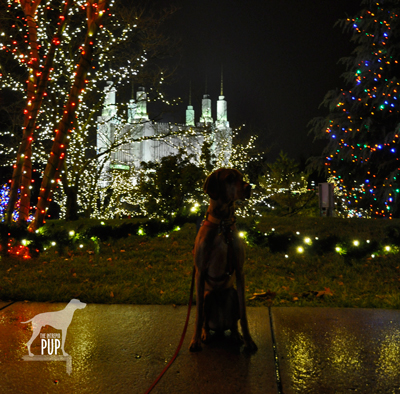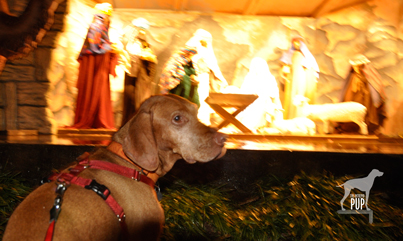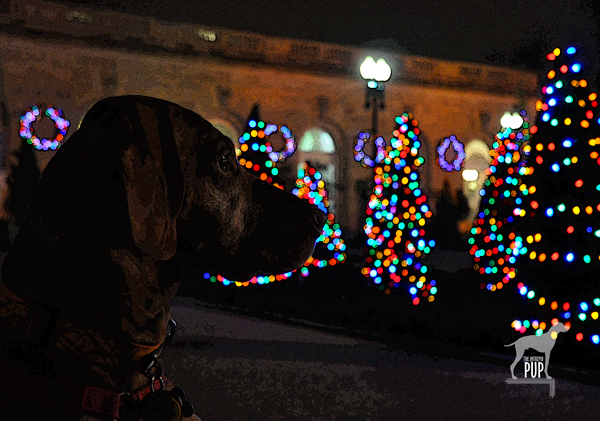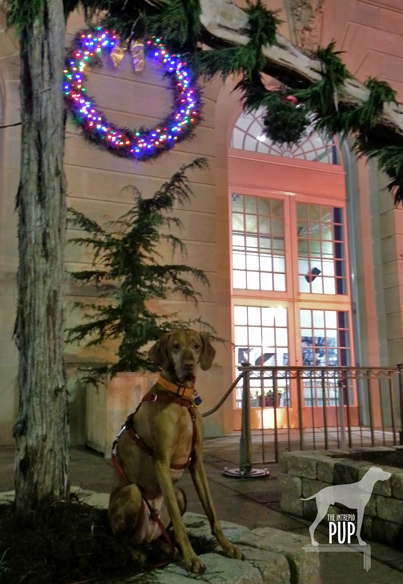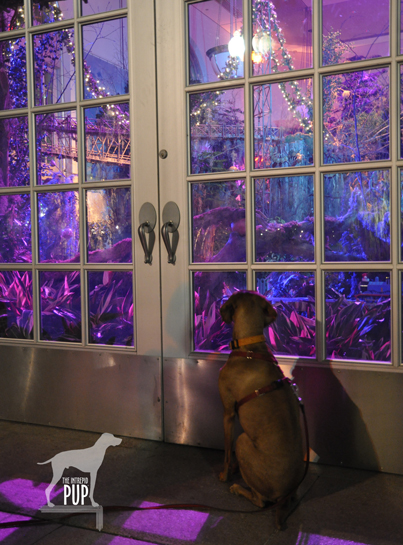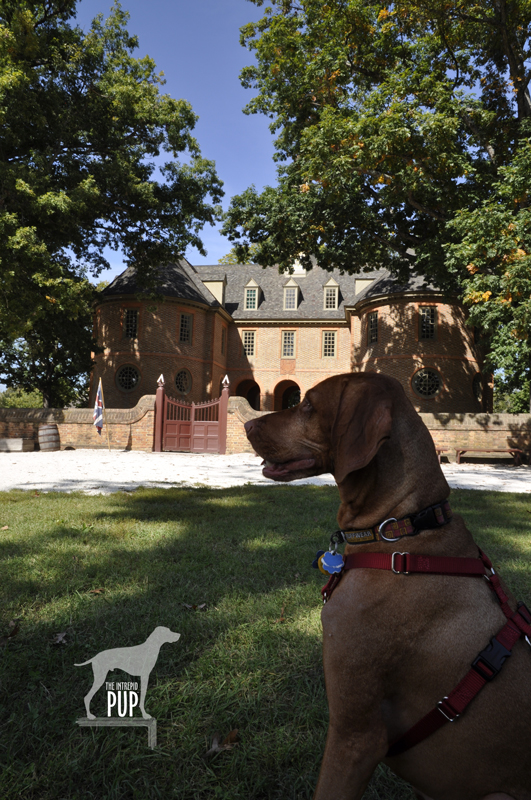
For 81years, Williamsburg was the seat of Virginia government. It was in this Colonial Capitol building on May 15, 1776, that it was proposed to “declare the United Colonies free and independent states.” The rallying cry, taken up by the Continental Congress in Philadelphia, led to the Declaration of the Independence.
Extending just shy of a mile between Williamsburg, Virginia’s Colonial Capitol and the steps of the historic Wren Building is the primarily pedestrian-only thoroughfare known as Duke of Gloucester Street. Abbreviated to just “D.O.G. Street” by the locals, it’s coincidentally also a great place for experiencing America’s colonial history with your dog.
Preservation and restoration of the downtown’s 18th-century buildings began in 1926 with the financial backing of John D. Rockefeller, Jr. Opened to the public in 1932, Colonial Williamsburg today constitutes the nation’s largest living history museum. Costumed interpreters stroll the streets, bringing the “Revolutionary City” to life for some 1.5 million visitors a year.
Begin your visit at the Colonial Williamsburg Visitor Center. Pets aren’t allowed on the shuttle buses, but it’s only about a quarter-mile walk on a wooded path from the Visitor Center to the heart of the historic district. The walkway comes out near the Governor’s Palace, approximately halfway down D.O.G. Street. Keep in mind that if you want to go inside certain buildings you’ll need to go solo (and buy a ticket), but otherwise it’s a dog-walking feast for the senses. Lots of bonnets, tricorn hats, and horse-drawn carriages. Kids perfecting their hoop-rolling technique on the palace lawn. Sheep munching away in their pens. Colorful gardens. You might even talk with “Patrick Henry” or “George Washington.” We found many of the colonials eager to engage, and Tavish got his share of head rubs as we made the rounds past Bruton Parish, the Courthouse and the Colonial Capitol.
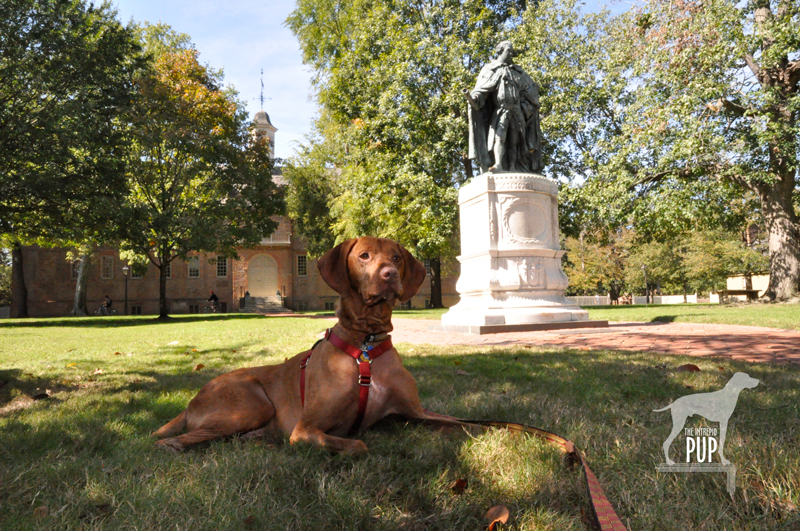
Tavish sprawls in the shadow of the Lord Botetourt statue on the grounds of the Wren Building, the oldest academic building in continuous use in the United States.
Nearing lunchtime, Team Tavish headed to Merchants Square at the far western end of D.O.G. Street and ordered take-out from storied The Cheese Shop. Seriously, this place has been fueling the masses since 1971. In a not-so-scientific taste test, Tavish always approves of the roast beef and cheddar sandwich with “house dressing,” The Cheese Shop’s signature condiment. While patio seating in the Square is an option, do you and your dog a favor and take your picnic lunch to where the tourists aren’t: just across the street at The College of William & Mary.
To borrow—with a bit of poetic license—from the chorus of William & Mary’s alma mater, here’s your chance to “hark (or bark?!) upon the gale” and check out the campus of this Virginia state school. Thanks to a 1693 charter from King William III and Queen Mary II of England, the College is the second-oldest in America and is the academic home for approximately 6,200 undergrads and 2,000 graduate students. Famous alumni of this “Public Ivy” are as diverse as Presidents Washington, Jefferson, Monroe and Tyler; actress Glenn Close; NFL coach Mike Tomlin; and “Daily Show” host Jon Stewart.
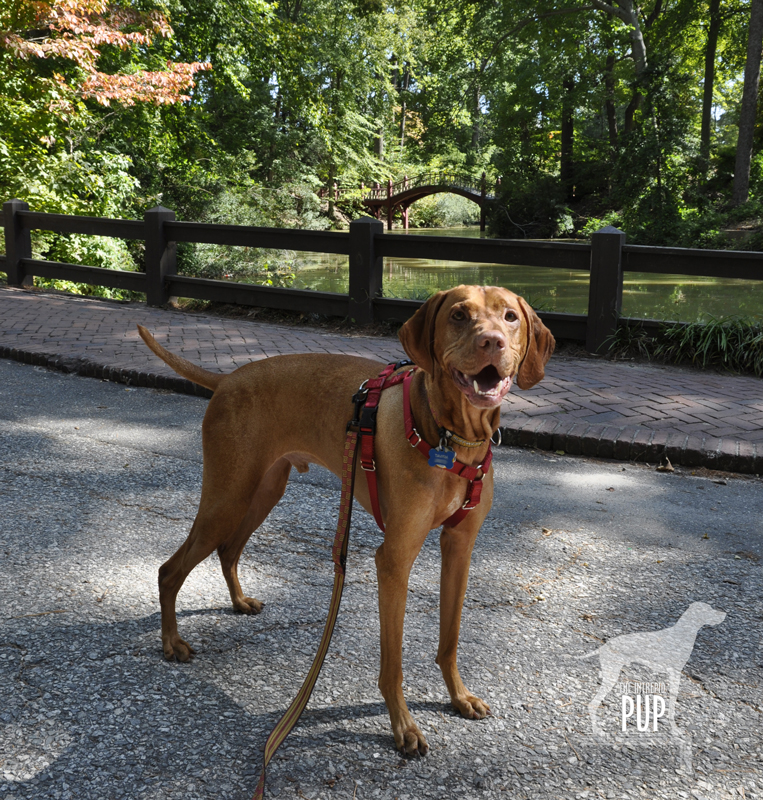
Tavish mugs for the camera at the College’s picturesque Crim Dell. “Legend” has it that if lovers kiss as they cross the footbridge, they’re destined for marriage…indeed, many a wedding proposal has taken place here. Romance aside, all degree candidates walk over the bridge as part of a final processional through campus preceding each commencement ceremony.
The oldest part of campus abuts Colonial Williamsburg and features a triumvirate of stately brick buildings: the Sir Christopher Wren Building (it holds the distinction of being the nation’s oldest academic building), the President’s House (yes, the College president really lives there), and The Brafferton (formerly an “Indian School”). To embark on about a mile-long walking tour loop of campus, take the brick path around to the other side of the Wren Building and be rewarded by a vista of the Sunken Gardens, a grassy common where you’re likely to find students studying or sunbathing. Walk down James Blair Drive on the right, and you’ll pass the Campus Center and catch a glimpse of Zable Stadium where William & Mary’s Division I football team plays. As the drive curves and slopes downhill to the left, glance across the pond for a view of Crim Dell; it’s consistently in contention as the most-photographed spot on any college campus. Glance to your right and you’ll notice a small amphitheater and the entrance to the Wildflower Refuge. If you take this shaded path and eventually bear to the left, it comes out across from Swem Library. Turn left and follow Landrum Drive past Barksdale Field and various academic buildings and dormitories until it connects with Jamestown Road. Make one final left, and hug the sidewalk, walking along the backside of more dorms…you’ll be back at the Wren Building in no time!
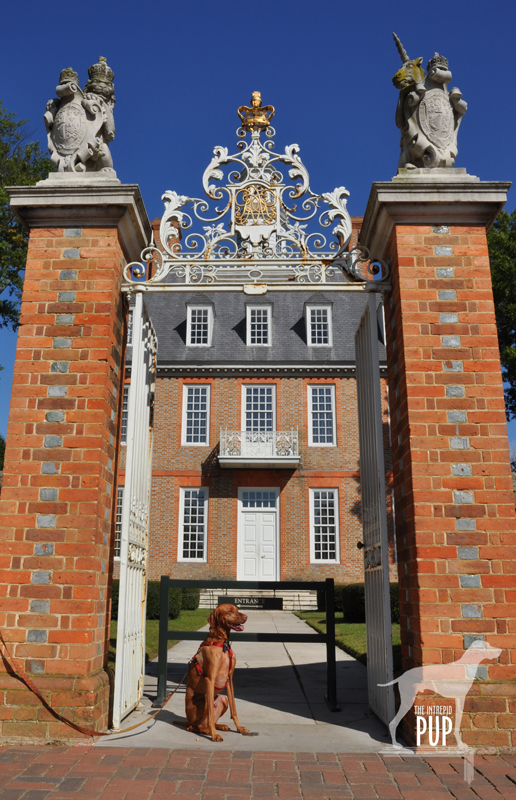
Tavish stands tall at the gates of the Governor’s Palace in Colonial Williamsburg. The original structure dated to 1722 and was home to seven royal governors, plus Patrick Henry and Thomas Jefferson.
Dogging the Details
37°16′34.18″ N, 76°41′41.09″ W
Colonial Williamsburg, Virginia
Chalk up a “1” on the Intrepid Pup wag-a-meter for Colonial Williamsburg! Having your dog along means you won’t be able to enter ticketed areas like the Governor’s Palace and garden, some 22 sites where interpreters are plying their 18th-century trades, or many of the historic dining taverns. However, exploring the general historic area is free, and if the weather is pleasant, you’ll find it readily walkable, and there’s no shortage of things to see. You can quite literally cover a lot of ground in just an afternoon. Although Colonial Williamsburg is attractive in any season, the summer months tend to be hot and humid, so be sure to keep your pup and yourself plenty hydrated.
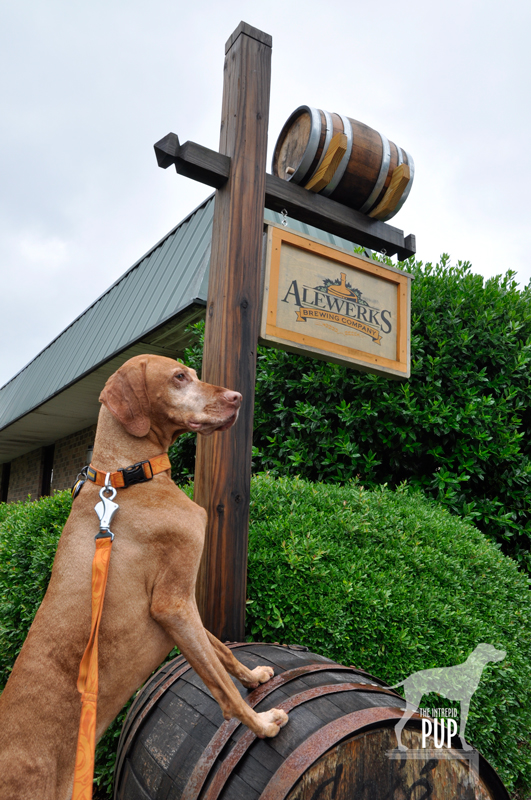
As of October 2013, expansion plans for AleWerks’ existing microbrewery and tasting room/retail shop call for pet-friendly outdoor seating and a “taproom” offering light snacks.
If your dog is spooked by loud noises, be mindful of when the colonial militia is doing artillery demonstrations on the grounds. A confession: Tavish the Intrepid Pup is completely unfazed by fireworks and thunderstorms, but he categorically abhors smoke—be it from a grill, a cigarette, a car’s tailpipe, or a musket salute (Tavish once held up an entire parade because of this, but that’s another story). So while Tavish was fine with the cannon firing near the colonial Magazine during our visit, he was completely undone by the ensuing cannon smoke that was drifting our way, and we had to beat a hasty retreat upwind.
Finally, are you looking to extend your excursion? Two other nearby points making up the region’s “Historic Triangle” are Historic Jamestowne (the 1607 site of the first permanent, colonial English settlement in North America) and Yorktown Battlefield (where the Revolutionary War ended in 1781 with the British surrender to General Washington). Both welcome leashed dogs in the outdoor areas. And if you do end up venturing further afield, you’re going to need additional sustenance. Might we suggest AleWerks Brewing Company? Located on the outskirts of town in an industrial park, Williamsburg’s (only) microbrewery came onto the American craft beer scene in 2006. Another edge-of-town option is Pierce’s PITT Bar-B-Que, a long-time establishment based on a secret family recipe. From the comfort of the outdoor picnic tables, your dog can happily score a couple of samples from your hickory-smoked, down-home meal…just like Tavish did!


